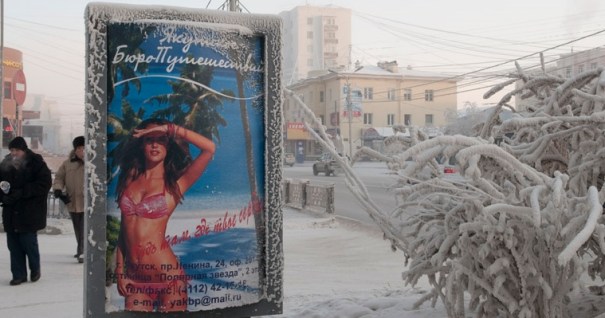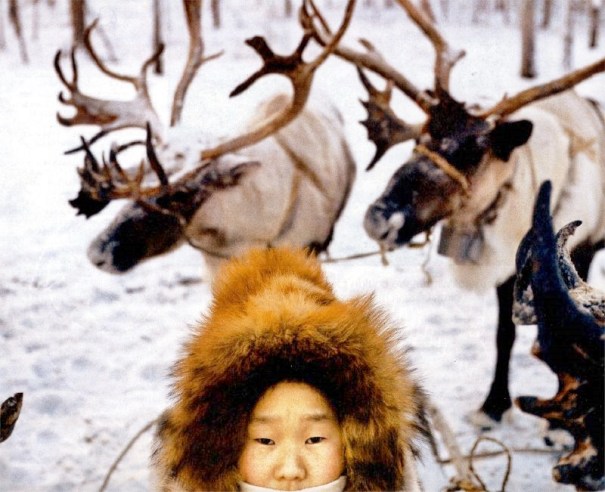
When Russians came to Yakutia in the 17th century, the Sakha people were firmly in charge. Where did they come from? Hard to say since their writing system was lost leaving only the stories passed down through families. And those were long poems that told about the super heroes of history.
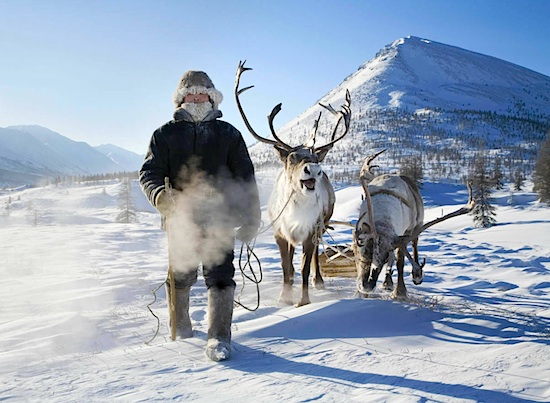
Their clan system and culture was like the Buryat Mongols to the south in lower Siberia. The Yakut language probably came from Turkish roots.
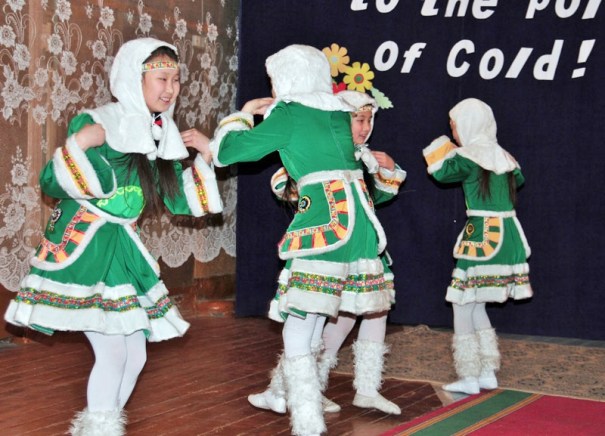
Their language and art included lions so maybe they migrated from way south. Migration up the River Lena? The Yakuts were intimidating with their well-armored mounted calvalry. It’s no wonder they dominated the area. The super cold winters changed their habits to fit the northern places.
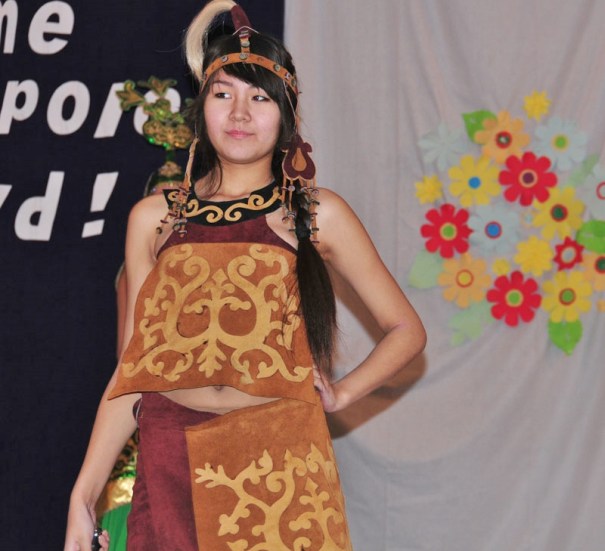
Genetic studies show that maybe the Sakha people came from the ancient Saka who ruled north-east India and Pakistan some two thousand years ago. (Buddha was a Saka prince). They are some links to Northern India culture like the ‘köss’ which is the distance traveled while a kettle of water comes to the boil.
Rock drawings on the cliffs by the River Lena show armed warriors on horseback.
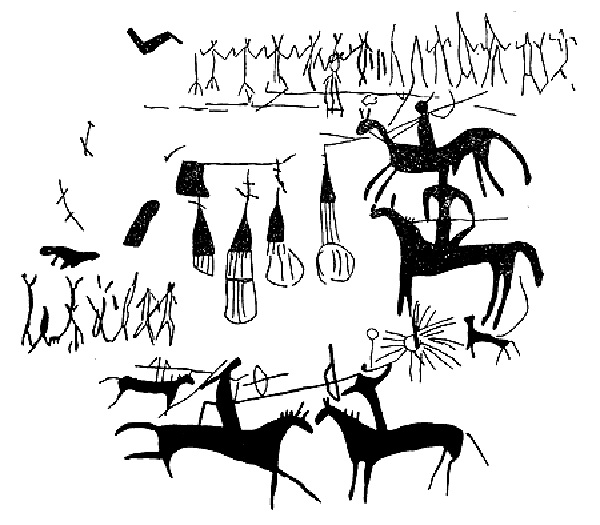
The Sakha brought their sturdy little ponies which are a special ancient breed that can survive the cold winters.
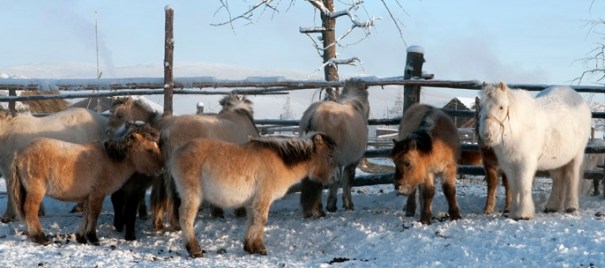
The animals stayed in the northern side of the log house keeping them closeby and protected from the severely cold winters.
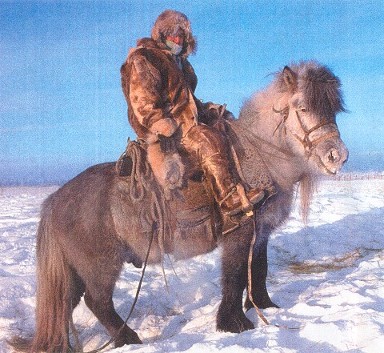
Winter found the family in the other part of the ‘balagan’. The log walls were plastered with mud and dung, and the bark roofs covered in turf. You can still see traditional houses much like these right now. The front door is always facing east.
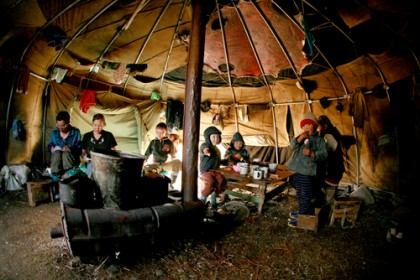
Their love of their horses caused them to make tables and pots with horse-shaped legs.
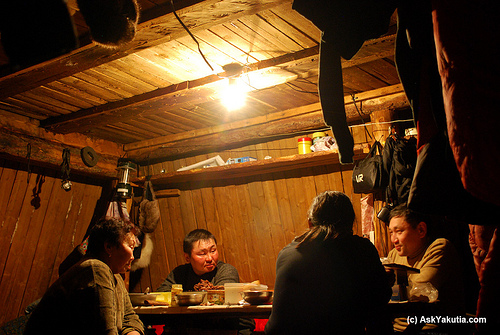
Inside the house was a hearth with chimney. Fur patchwork rugs covered the floor as well as the benches along the round walls of the room.

In summer, they moved to a large tent called an Urasa.
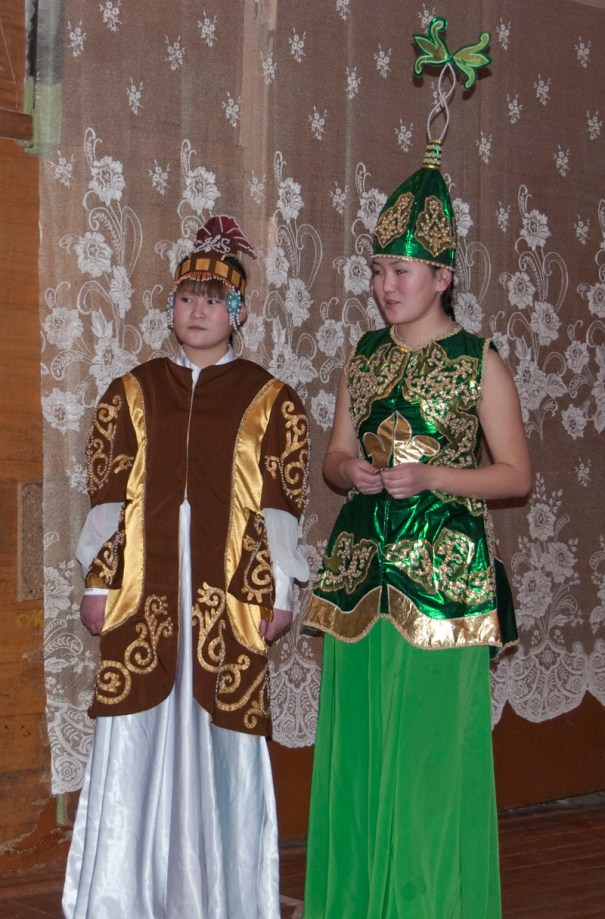
A mural on the wall of a school in Zhigansk shows four Sakha holding the traditional ‘choron’. That’s a wooden cup full of kumiss. What’s Kumiss? It’s a fermented drink made from milk. Not cow’s milk. Usually the milk is from a horse or even a camel. You can also see three types of horses hitching posts (the Sergey) on the right.
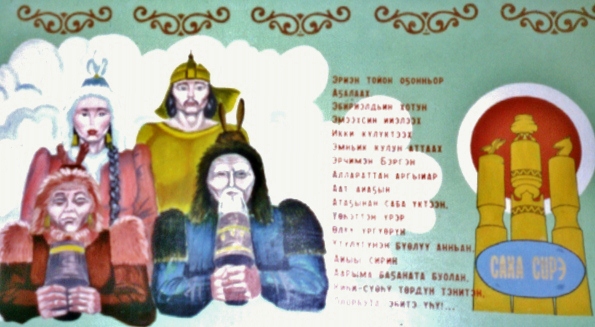
The clothes were heavily decorated with embroidery and silver jewrelry. Men wore silver belts and women wore big heavy necklaces, and headbands. They carried silver chatelaines from their belts which is kind of a charm bracelet for your waist. In summer, a silver handled fly swatter made from a horse tail was a helpful accessory. Their ponies wore beautiful embroidered clothes topped with a silver saddle.
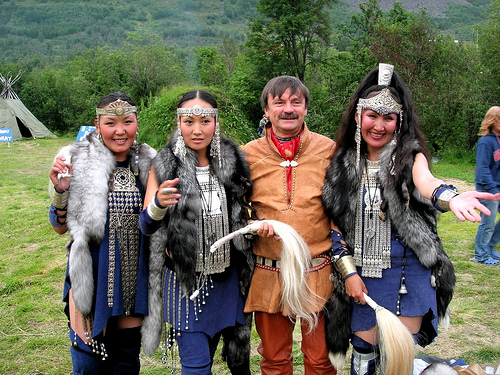
The Yakuts had to move around a lot because reindeer are hard on pastureland. Their culture influenced everyone they encountered from language to lifestyle.
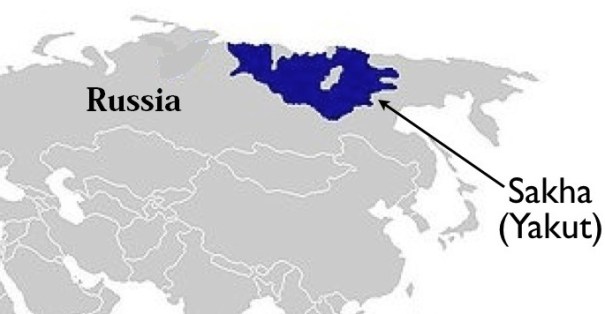
The Yakuts fought with the Tungus as they took over. They both had armor and similar weapons but the Tungus rode reindeer while the Yakuts rode horses.
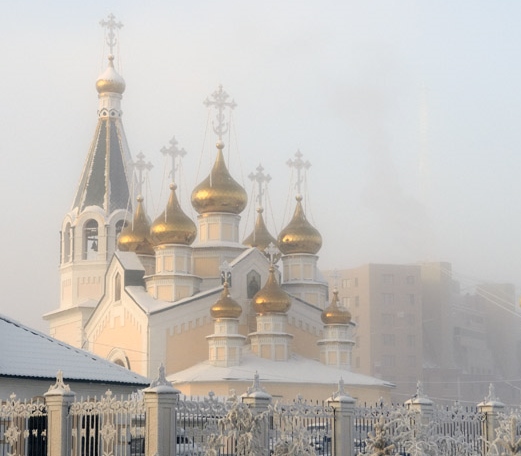
Eventually, the Yakuts began to settle in the meadowlands with their ponies and some began to raise cattle. They called the River Lena – Sakhsara, and their main settlement upon it, Sakhsary, which the Russians renamed Yakutsk.
